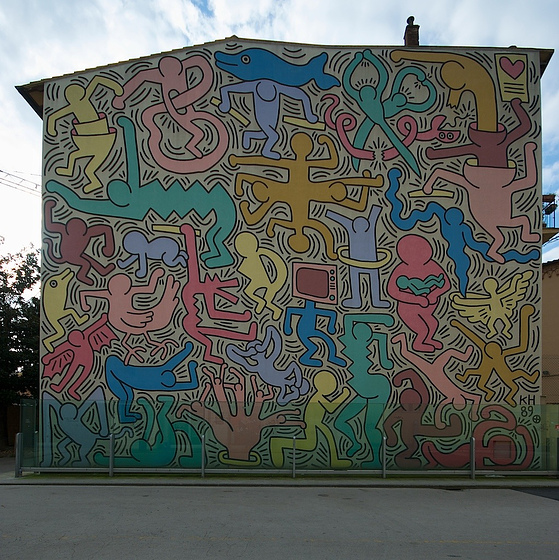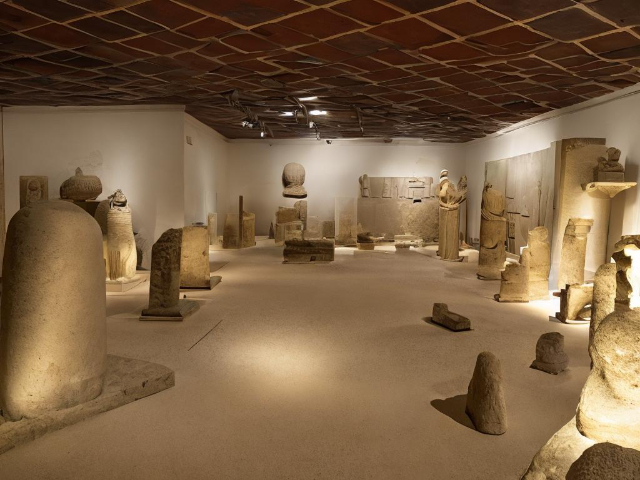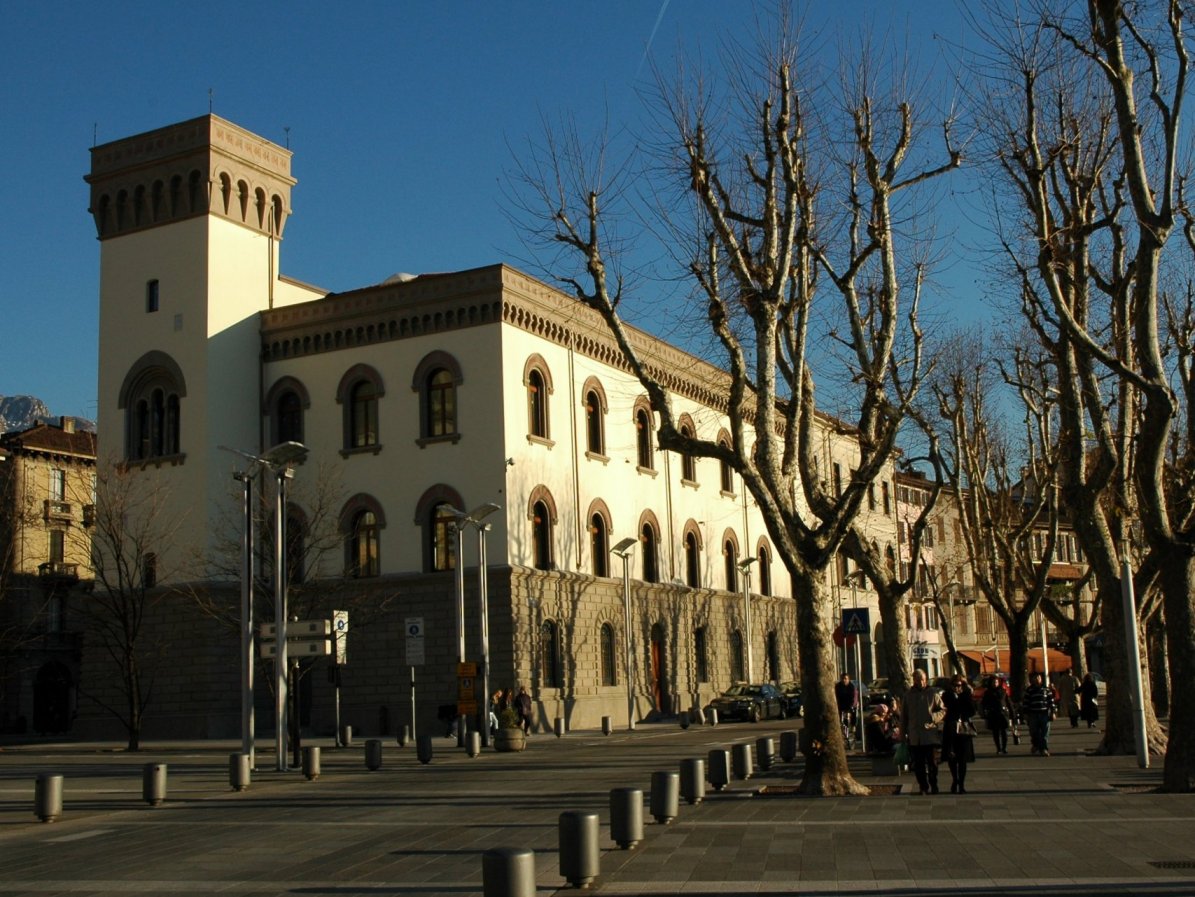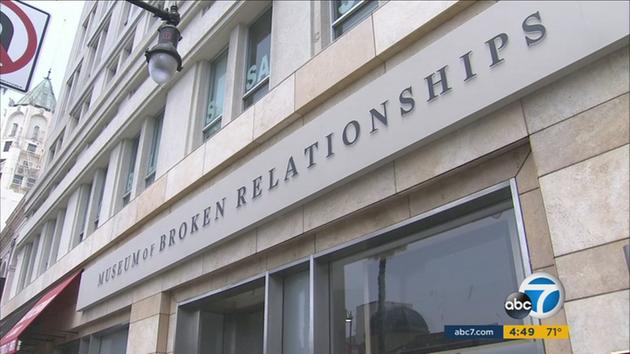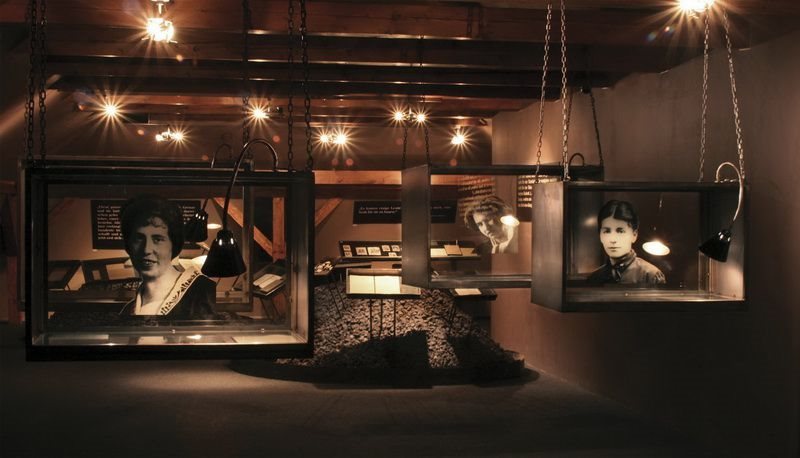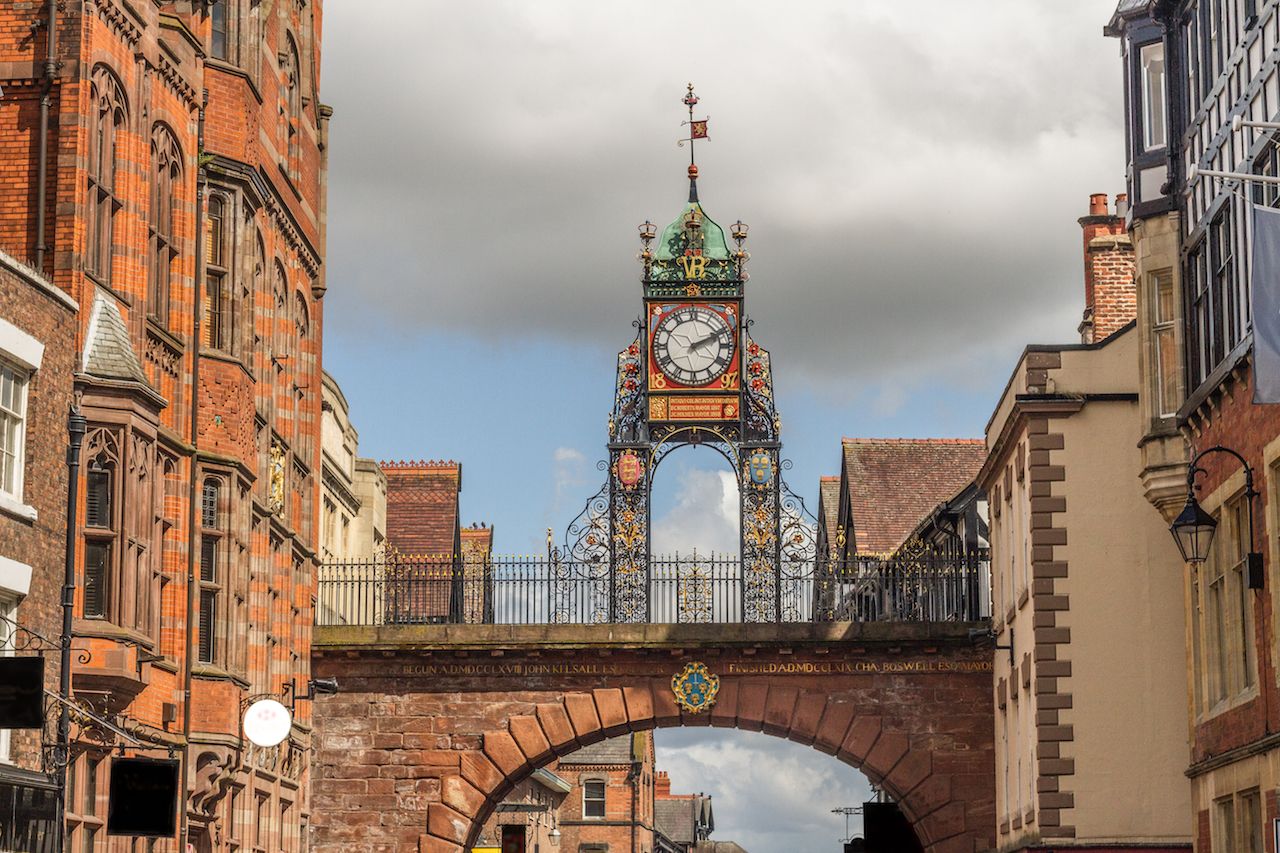The idea of creating a mural in Pisa came about by chance following a meeting in the street in New York between Haring and a young student from Pisa. The theme is that of harmony and peace in the world, visible through the connections and joints between the 30 figures that, as in a puzzle, populate the one hundred and eighty square meters of the wall of the Convent of St. Anthony.Each character represents a different "aspect" of the world at peace: the "humanized" scissors are the image of the concrete collaboration between men to defeat the snake, that is, the evil, which was already eating the head of the figure next door, the woman holding the child refers to the idea of motherhood, the two men holding the dolphin to the relationship with nature. He chooses colors from the subtle tones, which mitigate the chromatic violence that had always distinguished him, recovering in part the colors of the buildings of Pisa and the city as a whole, to make the work compatible with the socio-environmental context where it is placed. It is the only work of Haring that is designed from the outset as "permanent", not ephemeral and destined to disappear in the use or seriality of mass communication, in fact it takes longer to perform: a week, compared to the only day with which he was accustomed to make the other murals. On the first day, he drew the black outline himself, without any preparatory sketch, and then, in the remaining days, he did the coloring with the help of students and artisans from Caparol Center, which supplied the paints, choosing acrylic temperas that could maintain the quality of the colors for a long time. The mural has an unusual title: "TUTTOMONDO," a word that sums up his constant search for encounters and identification with the public, exemplified in this case by the yellow character walking, or running, placed at the center of the composition on the same plane as a hypothetical passerby. The thirty characters of the mural have the vitality and energy typical of Haring and of his incessant creative fervor that allowed him to leave, a few months before his death from AIDS, a work that is, first of all, a hymn to life.
